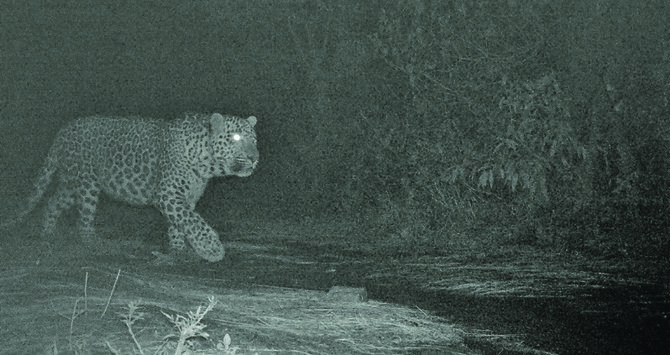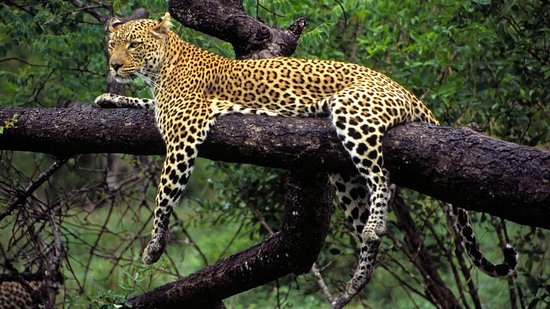Strolling on tiger trail: Margalla Hills National Park has become habitat for endangered Asian Leopards

APP: The scenic and ever rejuvenating biodiversity-rich Margalla Hills National Park has become home to the endangered Common Asian Leopards. Public awareness and sensitivity is required to achieve a human-wildlife balance for coexistence in order to protect this endangered species whilst permitting the public to enjoy the natural beauty of the Hills.
Senior Islamabad Wildlife Management Board Member Z.B Mirza has prepared a special education and awareness manual for the locals and tourists venturing into the National Park to enjoy the natural beauty of the Park.
There has been no precedent of human-wildlife conflict in Margalla Hills National Park as the wildcat has a stable natural environment to survive.
62 different species of wildlife on the menu of the wildcat that leads the food chain of the national park as the apex predator.
There are almost 62 different species of wildlife on the menu of the wildcat that leads the food chain of the national park as the apex predator.
According to Z.B Mirza’s information manual, although there are no cases of leopard attacks on humans in the Margalla Hills, six women were killed by the wildcat in 2005, in different incidents in Galiyat areas of the Ayubia National Park.
The Asian Leopard is a nocturnal animal that becomes active at night or in the early hours of morning to patrol and hunt. It feeds mainly on Barking Deer, Porcupines, Wild Boars, livestock animals, Donkeys, Monkeys, birds, Kalij Pheasant and other species.
A detailed study of the women killed in different leopard attacks were collecting fuel wood from the forest during the evening and early morning hours. The ‘ Information Mannual’ for locals, tourists, trekkers and area guides underlines the point that the locals should avoid entering the jungle or forest area during the early morning or evening hours when the Leopards are most active. It advises:
The local residents should keep a tube light or bulb on at night, keep livestock including goats safely locked up. Also, all livestock should be accompanied and supervised when and should be accompanied when rearing in the woods. The women and children should not visit the jungle / forest alone and preferably in groups to collect fuel wood.
Locals, tourists, trekkers and area guides underlines the point that the locals should avoid entering the forest area during the early morning or evening hours.
Moreover, the individuals in the forest should talk loudly and in case of a group, one of them should be placed to guard the surroundings. The individuals entering the forests should keep a club with them and keep on talking in a loud voice especially in the evening and morning hours.
In case of any encounter with the Leopard, it is imperative for the individual to remain composed and patient instead of screaming and running in fear as this reaction will be similar to that of the leopard’s prey. The individual rather steps backward and leaves the area slowly.
If an individual hears growling sounds of Leopard then he or she must avoid intruding further into the jungle area. If a female leopard is spotted with her cubs then it is essential to avoid entering or passing through that area.
In case of a very close encounter with the leopard then the individual should clap with his or her both hands and should move his arms or shawl to show him or herself bigger in size. People defecating openly should always be accompanied. Always, there should be someone on guard particularly in the hours when the leopards are most active.

Pakistan Wildlife Foundation Vice President Safwan Ahmed said that in other countries there are professional tourist guides for those entering the Leopard habitations. The tourists are tagged with transmitters to get their real time location and are also sent into safe areas or zones in the forests. He added that there was no population record of leopards earlier in the Margalla Hills National Park but recent studies had revealed a sizable population of wildcats that needs to be managed wisely to avoid human-wildlife contact.

Comments are closed.